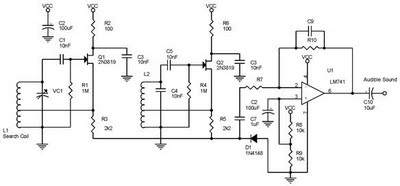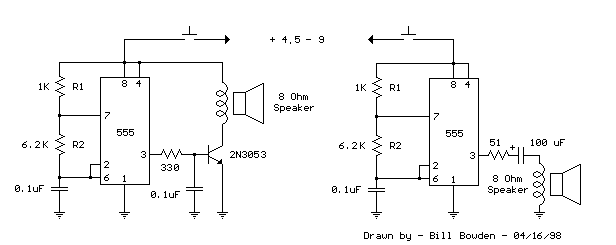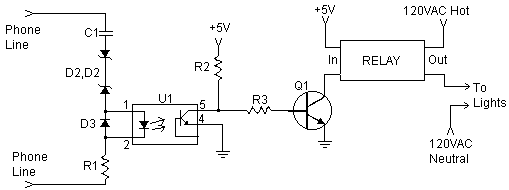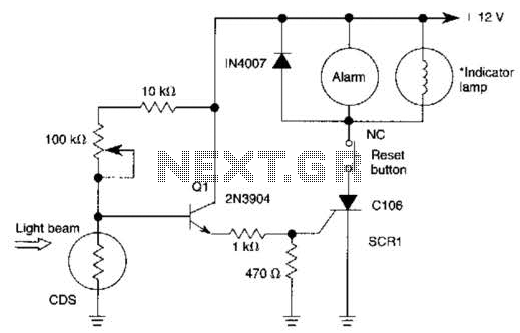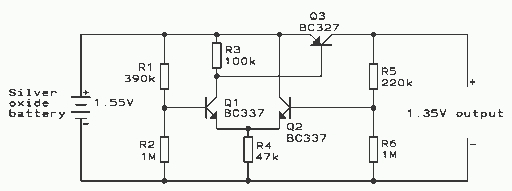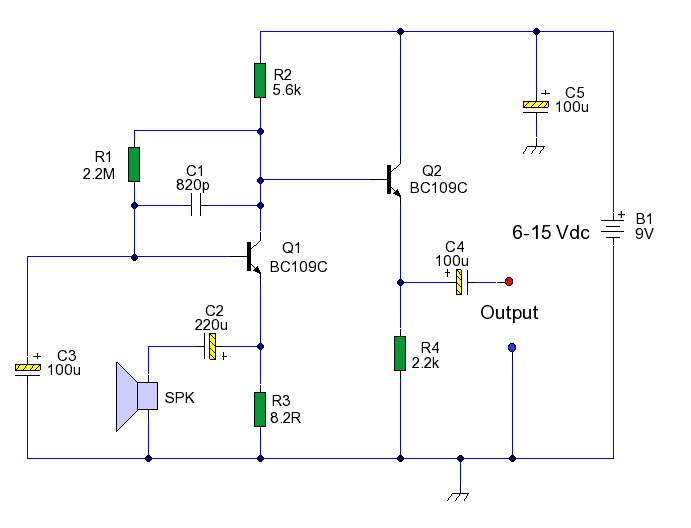
LM359 Voltage Controlled Oscillator Circuit

A voltage-controlled oscillator (VCO) operates similarly to a voltage-to-frequency converter (VFC). Its output frequency is determined by a control voltage input. In the circuit diagram, 'd' represents the amplifier input voltage, which is set to 0.6V, while 'h' denotes the hysteresis of the DM1474, typically around 1V. For proper operation, the resistance R2 must be equal to twice the resistance of R1. This circuit can achieve operational frequencies of up to 5MHz.
The voltage-controlled oscillator (VCO) is a critical component in various electronic applications, including phase-locked loops (PLLs), frequency modulation, and signal generation. The core functionality of the VCO is to produce an output frequency that varies in response to an input control voltage. This allows for precise frequency modulation based on external signals or control inputs.
In the described circuit, the operational characteristics hinge on the configuration of the amplifier and the selection of resistors R1 and R2. The relationship between these resistors is crucial; specifically, R2 must be set to twice the value of R1 to ensure that the VCO operates within its intended frequency range. The amplifier input voltage 'd' is critical, as it sets the baseline for the oscillation frequency, while the hysteresis value 'h' of the DM1474 helps stabilize the output and reduce noise.
The ability of the VCO to achieve operational frequencies of up to 5MHz indicates its suitability for high-speed applications. The design must consider factors such as power supply stability, temperature variations, and component tolerances to maintain performance across its operational range. Additionally, proper layout and decoupling techniques should be employed to minimize interference and ensure reliable operation in a variety of environments.Voltage controlled oscillator (VCO) is similar to a voltage to frequency converter (VFC), an oscillator which its output frequency is determined by a control voltage input. This is the figure of the circuit; Where d is the amplifier input voltage = 0. 6V, h=hysteresis of DM1474 (typically = 1V). R2 must beequal to 2R1 for proper operation. Using th is circuit, operation up to 5MHz can be achieved. 🔗 External reference
The voltage-controlled oscillator (VCO) is a critical component in various electronic applications, including phase-locked loops (PLLs), frequency modulation, and signal generation. The core functionality of the VCO is to produce an output frequency that varies in response to an input control voltage. This allows for precise frequency modulation based on external signals or control inputs.
In the described circuit, the operational characteristics hinge on the configuration of the amplifier and the selection of resistors R1 and R2. The relationship between these resistors is crucial; specifically, R2 must be set to twice the value of R1 to ensure that the VCO operates within its intended frequency range. The amplifier input voltage 'd' is critical, as it sets the baseline for the oscillation frequency, while the hysteresis value 'h' of the DM1474 helps stabilize the output and reduce noise.
The ability of the VCO to achieve operational frequencies of up to 5MHz indicates its suitability for high-speed applications. The design must consider factors such as power supply stability, temperature variations, and component tolerances to maintain performance across its operational range. Additionally, proper layout and decoupling techniques should be employed to minimize interference and ensure reliable operation in a variety of environments.Voltage controlled oscillator (VCO) is similar to a voltage to frequency converter (VFC), an oscillator which its output frequency is determined by a control voltage input. This is the figure of the circuit; Where d is the amplifier input voltage = 0. 6V, h=hysteresis of DM1474 (typically = 1V). R2 must beequal to 2R1 for proper operation. Using th is circuit, operation up to 5MHz can be achieved. 🔗 External reference
Warning: include(partials/cookie-banner.php): Failed to open stream: Permission denied in /var/www/html/nextgr/view-circuit.php on line 713
Warning: include(): Failed opening 'partials/cookie-banner.php' for inclusion (include_path='.:/usr/share/php') in /var/www/html/nextgr/view-circuit.php on line 713
